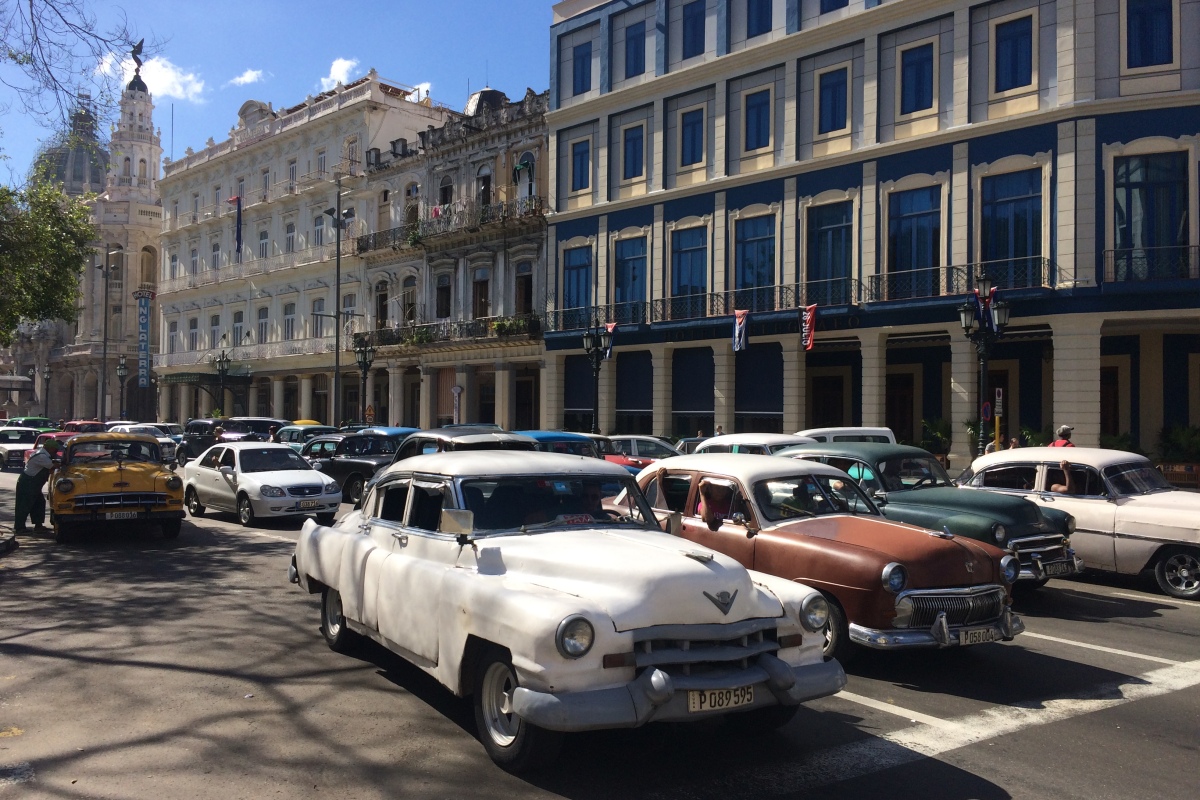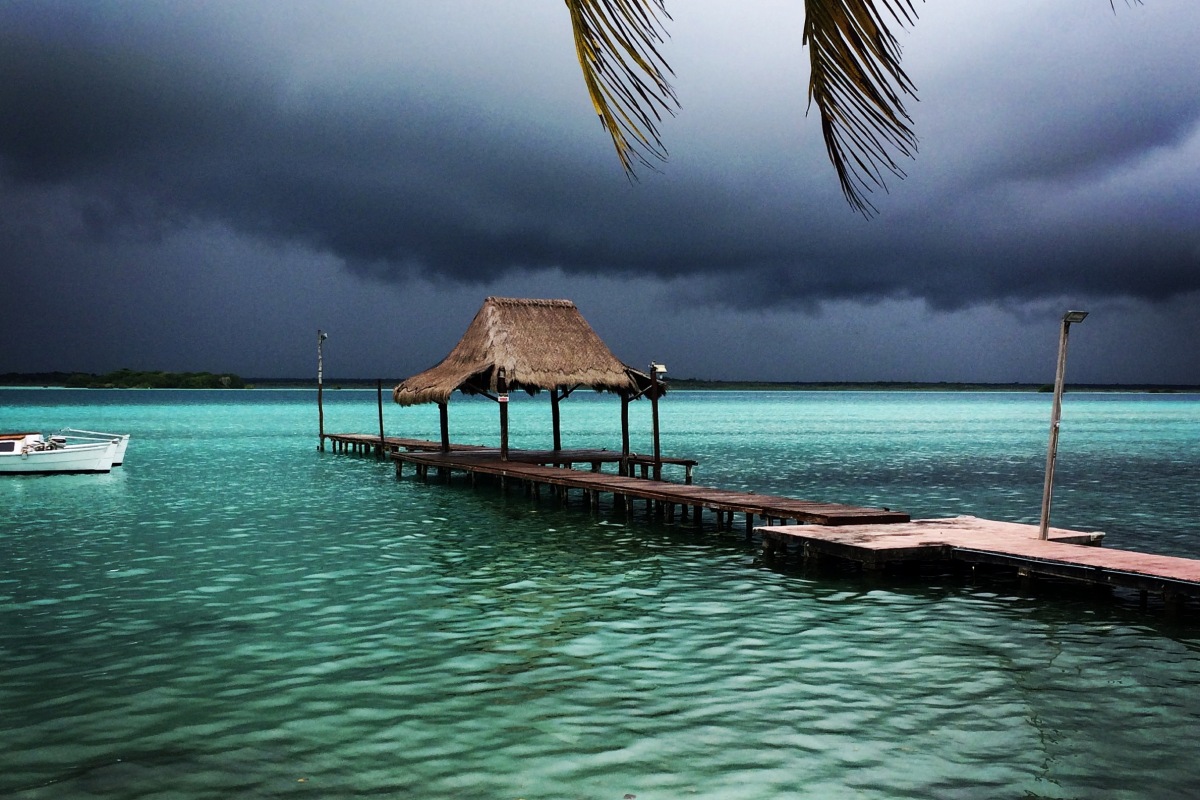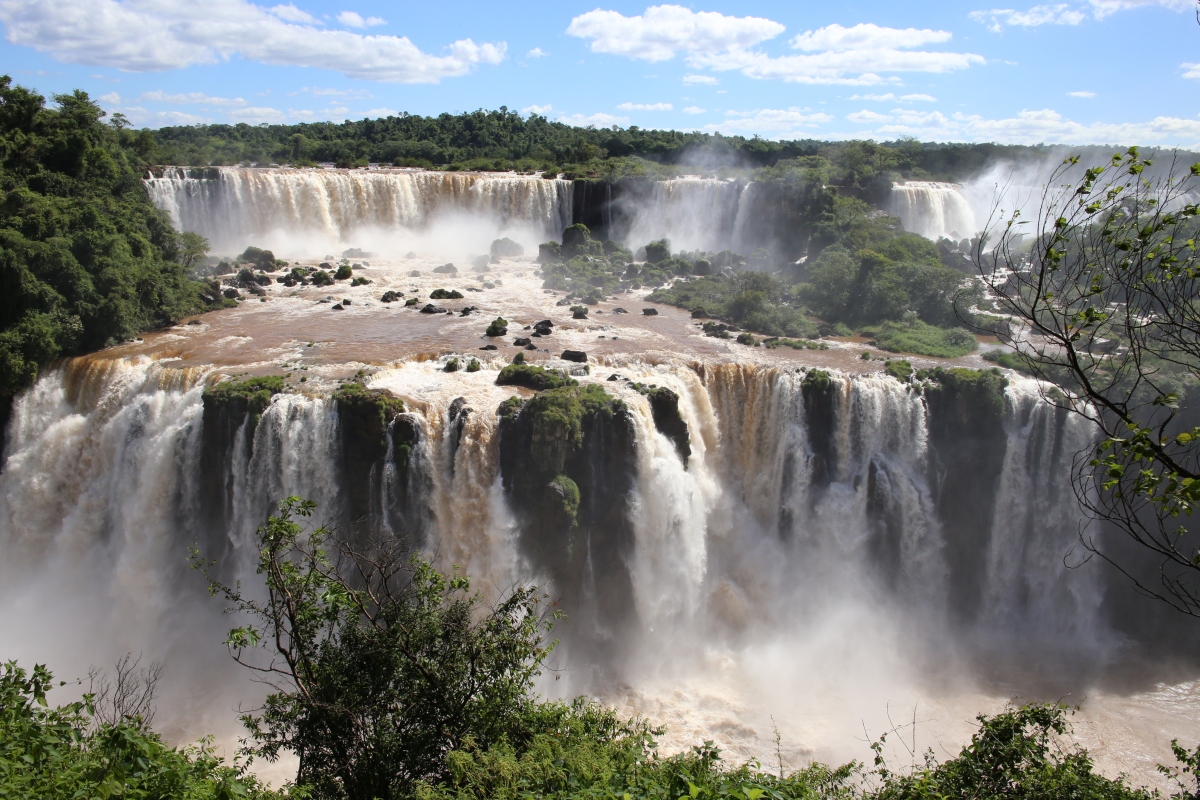Making the most of Colombia’s cheap domestic flights, we flew from Bogota to the Caribbean coast. The lush and vibrantly green Colombian countryside did not disappoint. We split our time between Santa Marta, Minca, and Cartagena, spending most of our time hiking. One of our favourite routes was in Minca, up to the peak of Los Pinos (the pines) through a beautiful pine forest to the top of the mountain. After three solid hours of walking uphill in sticky hot weather the view was absolutely worth it, watching the clouds rolling in and around the valley.
Cartagena wasn’t our favourite place, we felt it lacked authenticity and quite frankly was so expensive it meant we could not enjoy it hugely. However, the pretty colonial buildings did somewhat make up for that.
We also ventured further afield and stayed near Tayrona National Park on an old cattle farm. We had a relaxing few days predominately reading and drinking beer in hammocks. We also went tubing down the River Buritaca. It was great fun floating along, beer in hand, enjoying the stunning jungle scenery. However, we all took a bit of a scare when we saw a snake in the water, which the guide laughingly told us was deadly. Sadly I (Rose) got a stomach bug and spent almost 3 days in bed—as even the hammocks made me feel ill! We surprisingly didn’t see much of the coast; we ventured to the beach one day but after Cuba’s incredible beaches a few weeks before it felt a bit of a let down. We also didn’t end up going into the national park after numerous people told us it was overrated and not worth the expensive entrance fee.
The flourishing jungle and stormy skies made the north of Colombia unforgettable for us, but we were looking forward to cooler climes in Medellin, the home of Pablo Escobar.
























































































